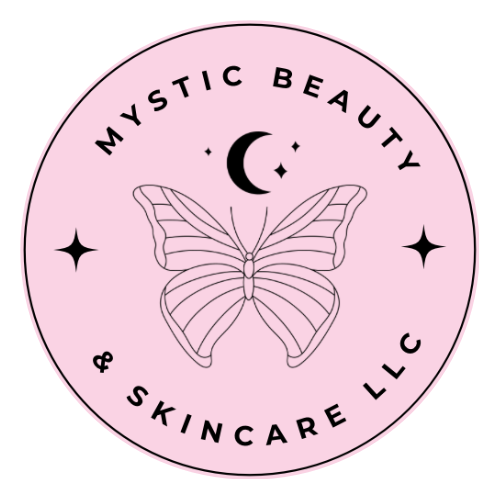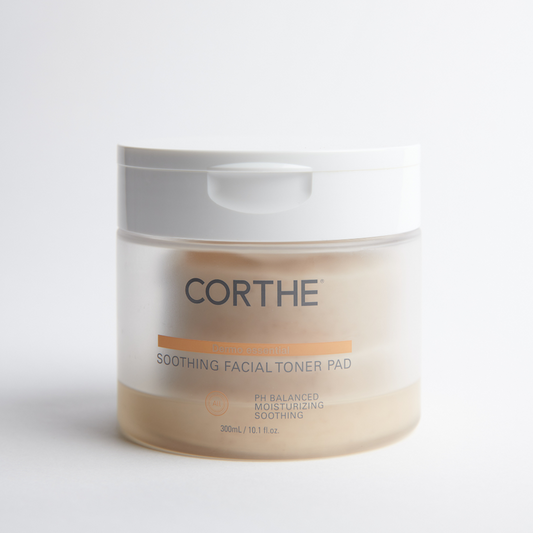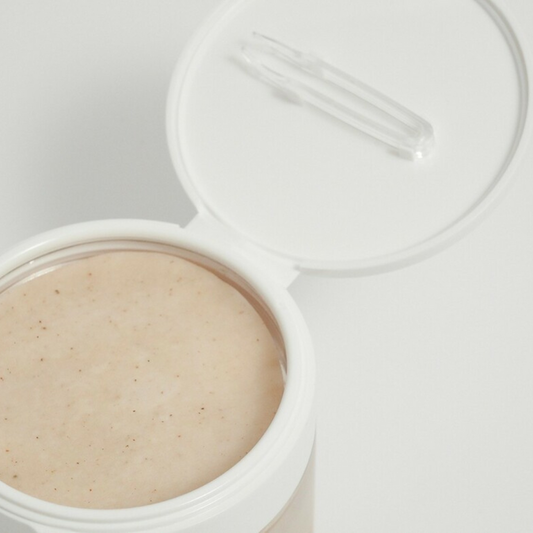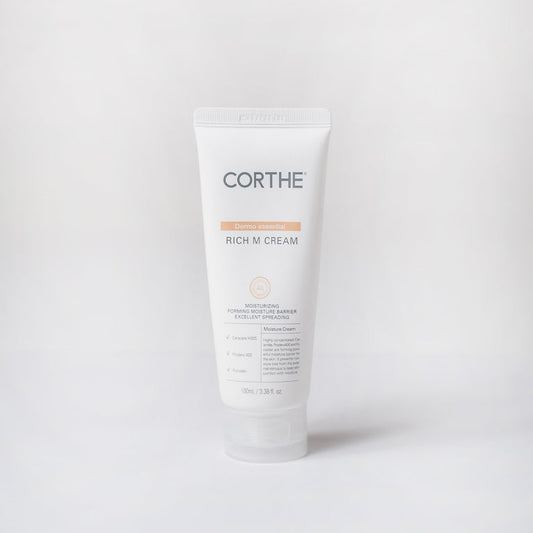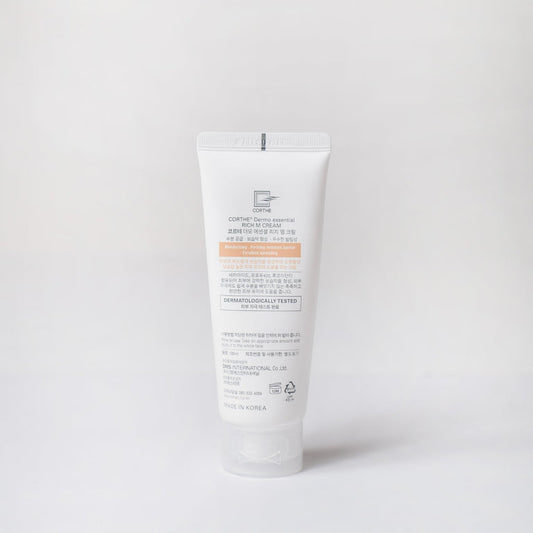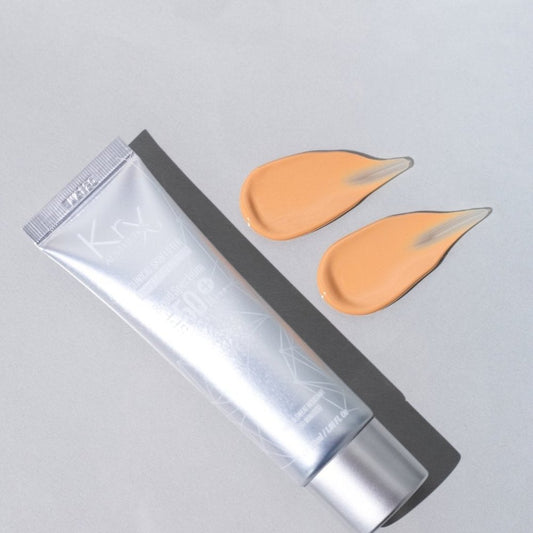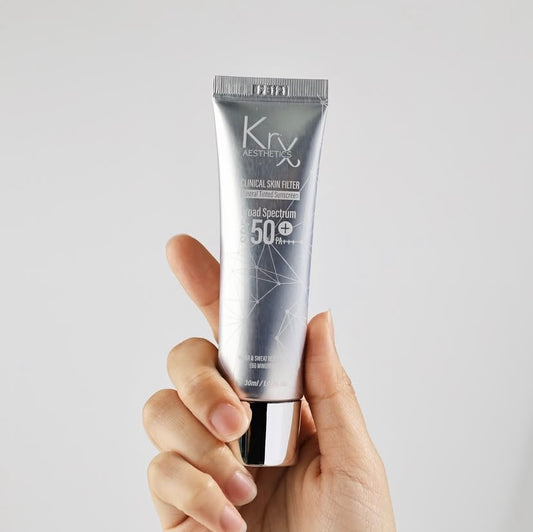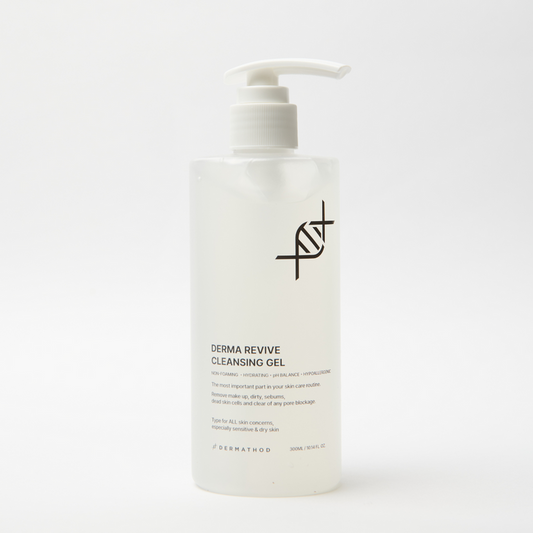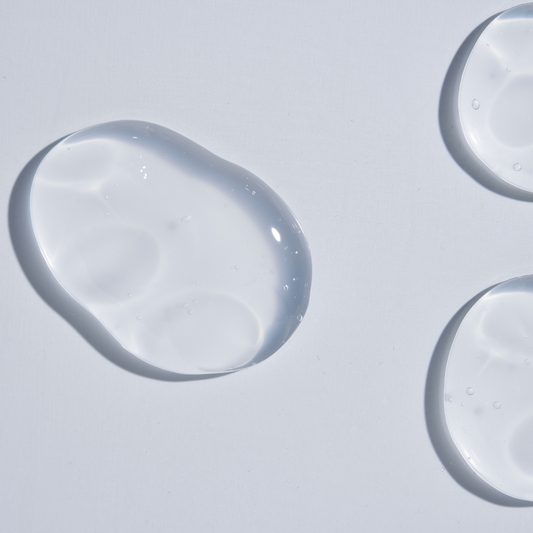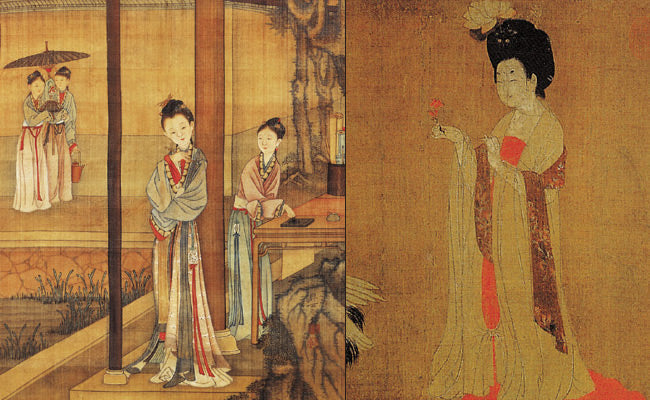
Traditional Korean Skincare History: Ingredients and Timeline
Share
A Timeless Journey Through Korean Skincare Traditions
Korean skincare has captivated the global beauty world—but its story goes much deeper than glowing skin and trending products. At the heart of K-Beauty lies a timeless philosophy rooted in balance, prevention, and the healing power of nature.
Let’s take a journey through the rich history of Korean skincare, from ancient rituals to the professional Korean products shaping modern beauty.

Ancient Origins (57 BCE – 668 CE)
The Three Kingdoms Era and Natural Remedies
Skincare was already essential in Korea’s Three Kingdoms period (Goguryeo, Baekje, Silla). Beauty was inseparable from health, and daily rituals relied on pure, natural skincare ingredients.
-Rice Water brightened and softened skin with minerals and vitamins.
-Camellia Oil provided deep, lasting hydration.
-Hanbang Herbs like ginseng, mugwort, and green tea became staples for healing and vitality.
These practices established principles of hydration, balance, and barrier care that remain at the core of Korean skincare today.

The Goryeo Dynasty (918–1392)
Luxury, Herbal Wisdom, and Early Innovation
During the Goryeo era, beauty became both functional and luxurious. Skincare rituals reflected status and artistry, with handcrafted porcelain jars holding herbal blends and cosmetics.
Hanbang medicine expanded into beauty, incorporating gold powder, pearls, and herbal infusions to promote radiance and vitality. This marriage of healing science and indulgent ritual set the foundation for skincare as an art form.

The Joseon Dynasty (1392–1897)
Minimalism and the Birth of “Natural Glow”
The Joseon period favored a simple, luminous look. Women emphasized skincare over makeup, embracing clarity and natural radiance.
Everyday rituals featured:
-Mung Beans for gentle exfoliation and anti-inflammatory care.
-Honey for deep hydration and healing.
-Apricot Seed Oil to refine texture and soften skin.
This philosophy inspired today’s “glass skin” ideal—healthy, luminous skin that glows from within.

Transition Era (Late 1800s–1945)
Western Influence Meets Tradition
After the fall of the Joseon Dynasty and during the Korean Empire and Japanese Colonial Period, Korea experienced a surge of modernization. Skincare and beauty began to shift in noticeable ways:
-Western Cosmetics Arrive: Imported soaps, creams, and powders entered Korea for the first time, blending with local beauty practices.
-Mass Production Begins: Korean companies started producing cosmetics in factories, moving away from exclusively traditional formulas.
-Modern Packaging: Products were packaged in glass jars and tins, reflecting global trends of the early 20th century.
-Cultural Blending: While rice water and herbal remedies were still used at home, Western ingredients became popular in urban centers.
This period marked the bridge between traditional remedies and commercial skincare, setting the stage for Korea’s post-war beauty industry to evolve into the global K-Beauty powerhouse we know today.

Post-War & Industrial Era (1945–1980s)
Rebuilding, Mass Production, and Early K-Beauty Brands
After Korea’s liberation in 1945, the beauty industry began to rapidly modernize and expand.
-Homegrown Brands Emerge: Companies like Amorepacific (originally founded in the 1940s) grew into household names, creating creams and tonics for everyday use.
-Focus on Skin Health: Formulas were simple and functional—moisturizers, powders, and sunscreens became daily staples.
-Economic Growth Fuels Beauty: During Korea’s rapid industrialization (1960s–1980s), beauty products became affordable to more people, no longer reserved for the elite.
-Skincare as Self-Care: Advertisements started promoting beauty as confidence and modern identity, not just luxury.
-Innovation Begins: Early versions of today’s iconic formats (like emulsions, toners, and nourishing creams) gained popularity.
This period bridged traditional, home-based remedies with a modernized, science-driven beauty culture—paving the way for the 1990s global boom.

Modern K-Beauty (1990s–Present)
Global Phenomenon, Rooted in Tradition
The 1990s marked the rise of K-Beauty as Korea blended ancient wisdom with high-tech innovation. From BB creams and cushion compacts to sheet masks and multi-step routines, Korean skincare redefined beauty around the world.
What makes modern K-Beauty unique?
-Layered Routines: From cleansers to serums, every step is lightweight and intentional.
-Customization: Gentle formulas can be combined to target acne, pigmentation, barrier damage, and more.
-Holistic Philosophy: Skincare is self-care, connecting body, mind, and spirit. It is a part of everyday routine, combining mental wellness, diet, and ritual.
Professional K-Beauty brands continue this legacy. For example, the Neogenesis Beta-Glucan Serum revives traditional healing through modern science, calming sensitive and inflamed skin.

Skincare Rooted in Legacy, Elevated by Innovation
Korean skincare is far more than a passing beauty trend—it is a timeless practice rooted in natural remedies, holistic wellness, and innovation. By blending ancient traditions with cutting-edge science, K-Beauty offers a path to radiant, healthy skin that transcends generations.
Whether you begin with a simple cleanser or embrace the full ritual, you’re experiencing a living tradition that continues to evolve while honoring its roots.

FAQ – Korean Skincare Traditions
What makes Korean skincare different from Western skincare?
K-Beauty emphasizes prevention, hydration, and gentle formulas instead of aggressive treatments, leading to long-term skin health.
What are Hanbang herbs in skincare?
Hanbang refers to traditional Korean herbal medicine, including ginseng, mugwort, and green tea—ingredients still used in K-Beauty skincare today.
What is the meaning of “glass skin”?
It describes the clear, luminous, and hydrated look inspired by the Joseon dynasty’s minimal, natural approach to beauty.
Are Korean skincare products suitable for sensitive skin?
Yes—most K-Beauty formulas prioritize soothing, hydrating, and barrier-repairing ingredients, making them safe for sensitive skin.
How can I start a Korean skincare routine?
Start with the basics: a gentle cleanser, hydrating toner, treatment serum, and moisturizer. Sunscreen is always the final step. Learn more about Korean skincare routines for beginners here.
